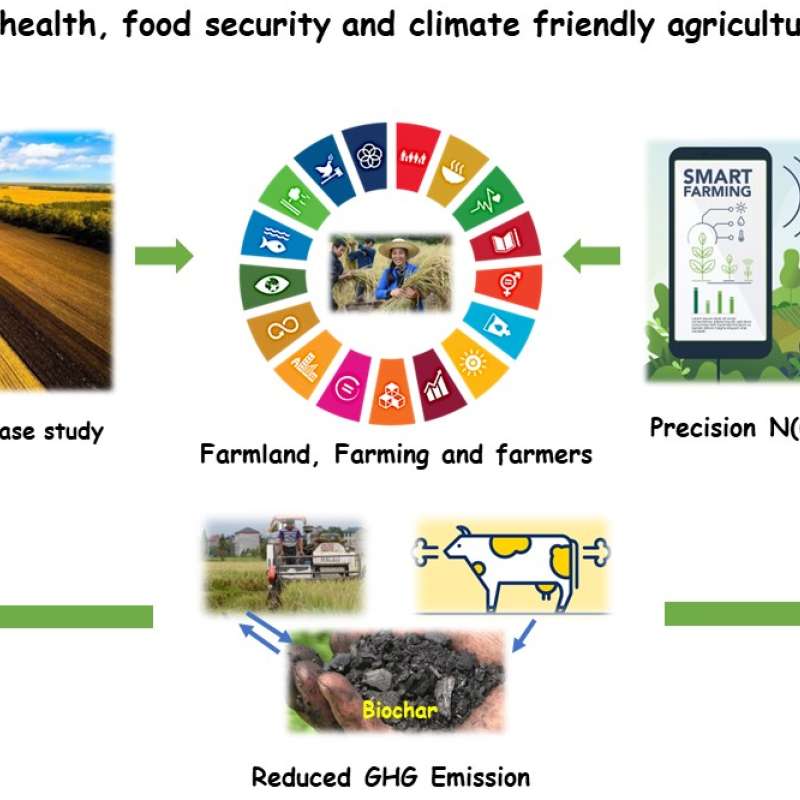Krzysztof Kusnierek
Head of Department/Head of Research
(+47) 920 12 953
krzysztof.kusnierek@nibio.no
Place
Apelsvoll
Visiting address
Nylinna 226, 2849 Kapp
Abstract
No abstract has been registered
Abstract
No abstract has been registered
Abstract
No abstract has been registered

